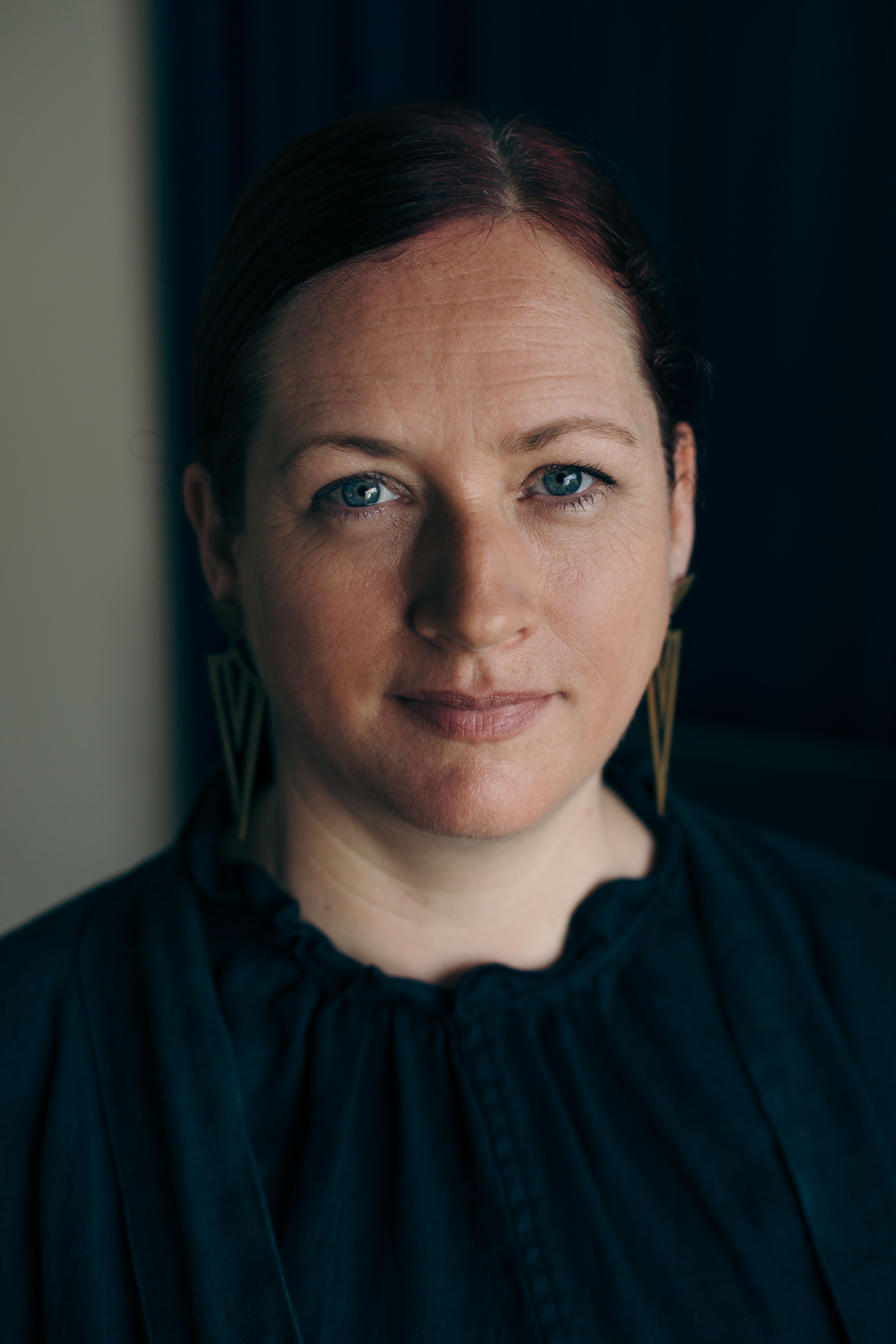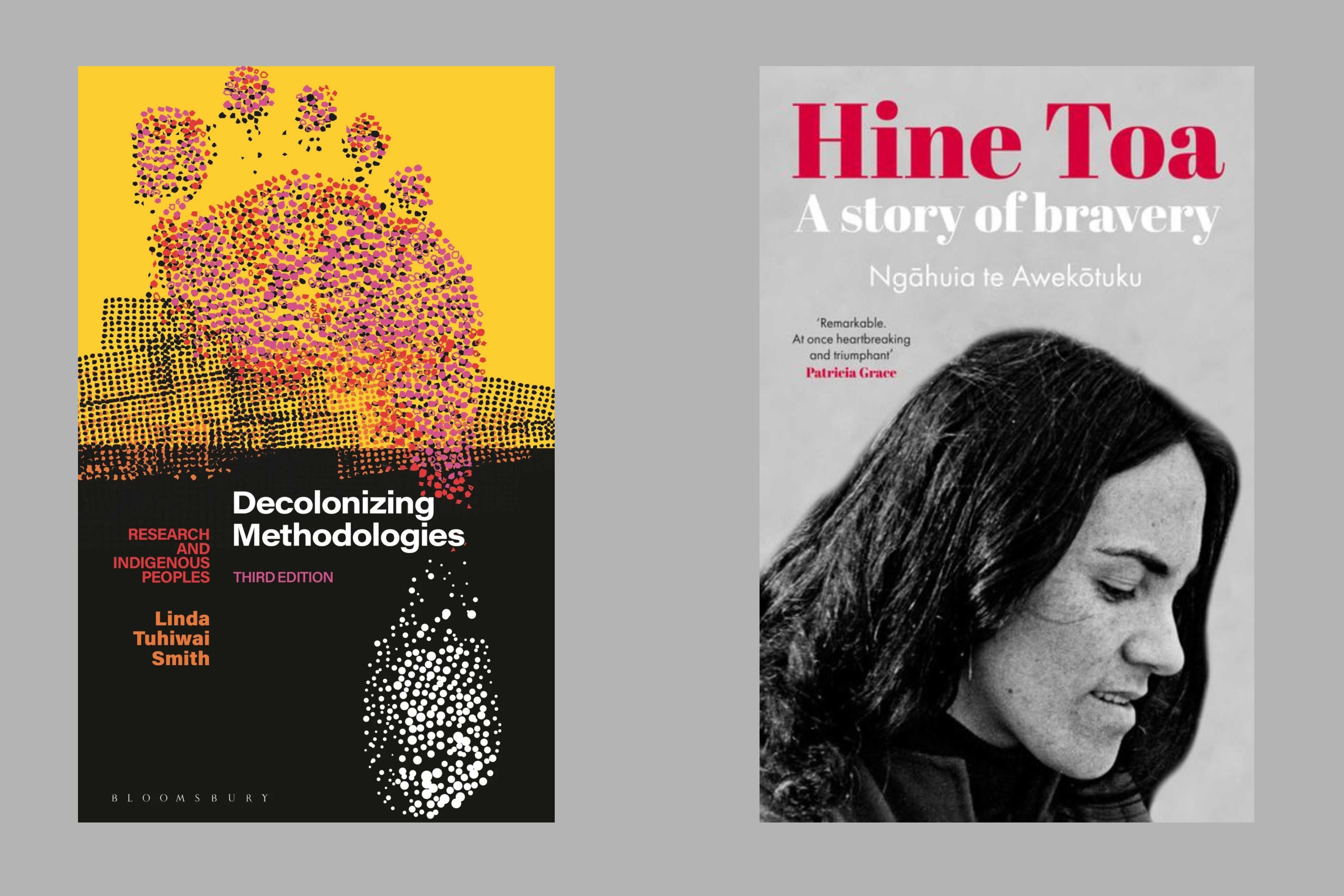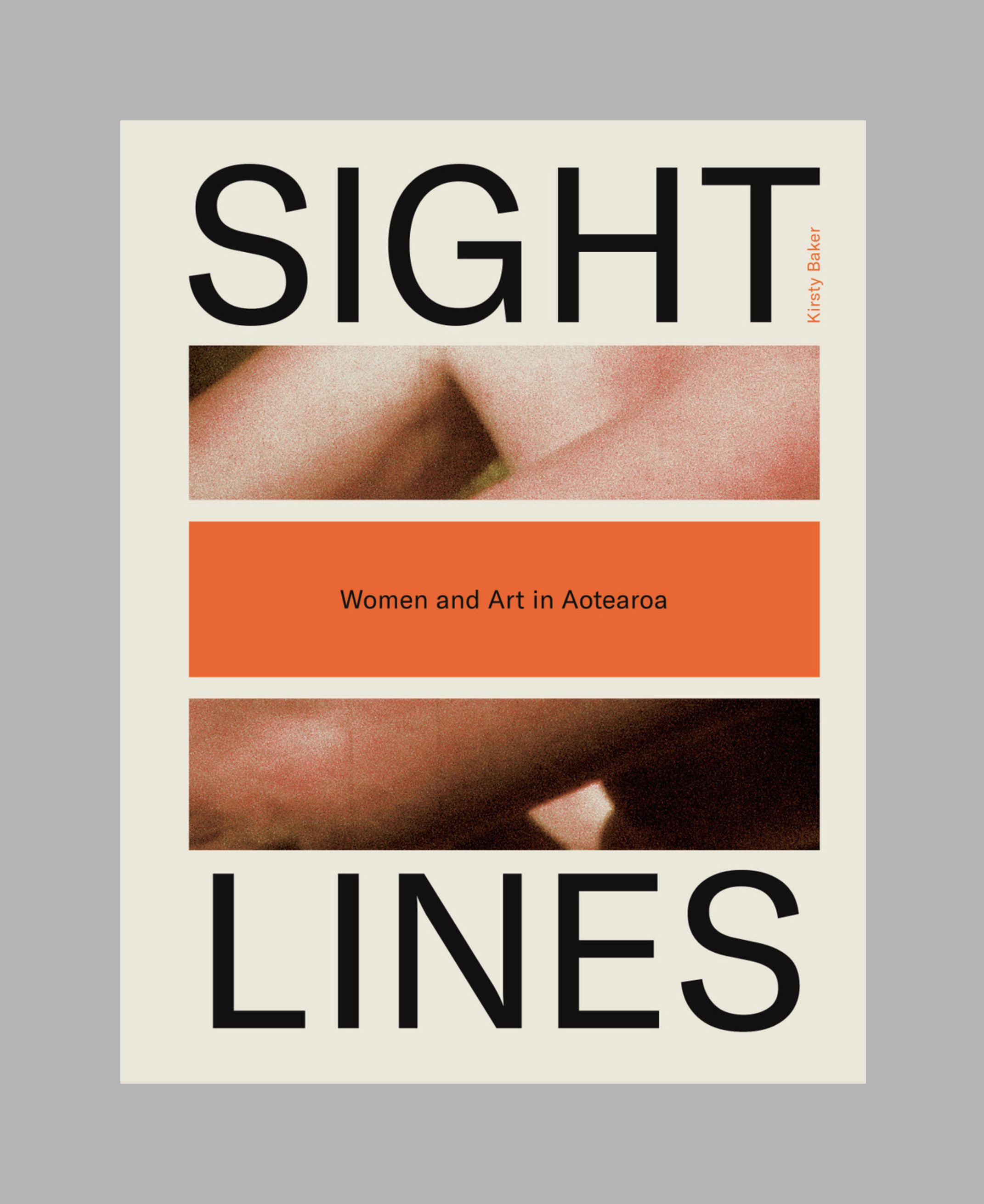Art History has been cut as a school subject. What could be lost?
Art History has been cut from the high school curriculum. Kirsty Baker argues that doing so strips students of an expansive and radical lens to view the world.

Dr. Kirsty Baker is a curator, writer and art historian based in Te Whanganui-a-Tara. Originally from Scotland, Baker has been researching and writing about art in Aotearoa for over a decade, and completed her PhD in Art History at Victoria University of Wellington in 2019. Her book Sight Lines: Women and Art in Aotearoa was published in 2024 and received an award at the 2025 Ockham New Zealand Book Awards.

I, like many others, was devastated to hear that the Minister for Education had quietly cut Art History from the high school curriculum late last week. What I did not feel, however, was a great deal of surprise. It was a deeply demoralising realisation. Art History as a discipline has been under increasing threat over recent years. Its accessibility as a high school subject was severely limited by its removal as an option at year 11 several years ago. Now it will be removed entirely as a standalone subject. The availability and visibility of humanities subjects such as Art History at high school level provide a pipeline into these subjects at Tertiary level. It is entirely unsurprising, then, to note that the subject’s precarity is echoed across our Universities.
This model of incremental reduction followed by complete collapse is, of course, not new. Since the aggressive rise of neoliberal economics, we’ve seen a systematic dismantling of the humanities, often playing out according to this model of precipitous decline. Similar patterns of funding shortfall, stretched resources, overburdened staff and a lack of prioritisation play out across all spheres of public life – from education and public infrastructure to healthcare. This is to say that the removal of what might be considered by some to be a ‘niche’ subject from the high school curriculum cannot be viewed in isolation. Rather, it is an almost entirely predictable symptom of a system of governance that places emphasis on productivity and individualised outcomes over fulfilment and collective wellbeing.
As tangata tiriti – I came here from Scotland in 2005 – it is through art and its multiple and rich histories that I have come to learn most powerfully about this place that I now call home. It is through Art History that I came to writers such as Linda Tuhiwai Smith and Ngahuia Te Awekōtuku. It is through art and its histories that I learned about the legacies of resistance and self-determination that have shaped Aoteaora – from Parihaka to the Springbok protests and beyond.
Art History, at its best, teaches us to think critically, to question the narratives and values given weight within our society. Art History can introduce us to diverse knowledge systems, to different ways of seeing the world and being in relation to each other. It can bring often overlooked Indigenous, queer and working-class histories to critical attention, overturning the dominant narratives we inherit. There are numerous arguments to be made in defence of Art History: arguments which centre the necessity of fostering visual literacy and criticality in a world so over-saturated by visual imagery. There are fiscal arguments to be made too, emphasising the dollar-value that the arts and culture bring to the economy in Aotearoa, and the key role that Art History plays in ensuring the ongoing health of this sector. In fact, New Zealand Art History Teachers have put together a website outlining these key arguments here, where you can also find a list of active ways you can support their campaign.

I have been inordinately fortunate to have been able to grow a career from the foundation of my study in Art History. I could write at length about the ways that studying the subject has benefitted me in my professional capacity as both a curator and a writer. However, I firmly believe it is vital we do not restrict our understanding of any subject’s educational value to measures based solely on employment potential or financial reward. There is a persistent misrepresentation attached to humanities subjects, that they are an ‘added extra’, a ‘nice to have.’ As a result, these subjects are consistently pushed further to the periphery so that only those with the financial means to access them can do so. Widespread undervaluing and underfunding of the arts only serves to exacerbate this iniquity, making it increasingly difficult for anyone but the financially secure to pursue a career in the field. As a child who was raised in material hardship, exposure to the arts was vital in expanding the scope of the world as it was visible to me. All children deserve the opportunity to access subjects that open the world out to them, that light a spark of passion or joy, that show them that the world is broader, more complex, and more multi-faceted than they are yet capable of imagining.
If we allow Art History to be axed from the high school curriculum we will, of course, be doing a disservice to the discipline. Despite this, I am entirely certain that the work of art history – of engaging with art and the contexts in which it was made – will continue to be done across Aotearoa: in galleries, in marae, in libraries, in homes, and in artist studios across the country. The greater disservice will be to the children and teenagers in our education system who will be stripped of the opportunity to look at the world through the lens of art history; a lens that offers an expansive, generative and – at times – radical view of the world.